The American National Academies of Sciences, Engineering, and Medicine in a just released report has recommended the elimination of new gas pipelines as one step in the engergy transition to renewable energy. Meanwhile the Trudeau and provincial governments continue building new pipelines, including some that go to the US. It is also important that economically marginalized people not be left out of this transition, so programs need to be established to assist them transition.
Some buildings in the future could feature one notable difference from many that exist today: no connection to a gas line. That’s one of the recommendations in a sweeping report from the National Academies of Sciences, Engineering, and Medicine released Tuesday on what it will take for the United States to reach its ambitious climate goals. The report suggests states and municipalities consider adopting bans on new gas lines in areas that haven’t previously been served by natural gas.https://www.washingtonpost.com/climate-solutions/2023/10/18/gas-lines-de...
Rethinking gas infrastructure is one example of the major changes experts say will be necessary to help the country realize its net-zero carbon emissions goals by 2050. Lawmakers have passed packages, such as last year’s Inflation Reduction Act and the bipartisan infrastructure law of 2021, that provide funding and a roadmap for slashing emissions. This new 600-plus-page report contains more than 80 recommendations for how to effectively implement these existing policies and support an equitable energy transition. ...
One key element in the recommendations is to plan for a future no longer dominated by fossil fuels, Tierney and other experts say. As the country moves toward electrification, it wouldn’t make sense to continue adding gas lines to serve locations that eventually may be required to electrify, said Tierney, an expert on energy policy at Analysis Group, an international economic consulting firm. “You might just require electricity in the first place and not extend gas pipelines into new areas where they are not going to be used for very long,” she said. “That is not the way business is done now, and that could lead to some pushback.” ... As fewer people rely on gas, maintaining pipelines could also pose cost challenges, the report’s authors note. For example, if buildings that historically use natural gas become more electrified, less gas would move through those local pipelines, Tierney said.... At the same time, more than 125 counties and cities in the United States — many of them led by Democrats — have already prohibited or discouraged gas use in new buildings to fight climate change. In 2021, New York City became the largest city in the country to ban gas connections for newly constructed buildings under seven stories. “It could be actually very tough, where you continue to have to invest in the pipeline maintenance in order to keep them open and safe, but you have fewer and fewer people using them,” Tierney said. ...
Across the country, some utilities have already started to plan for a world in which natural gas plays a much smaller role, said Mike Henchen, a principal at RMI, a nonprofit group working to decarbonize energy systems, who was not involved in the report. For example, Eversource, New England’s largest energy utility, is exploring networked geothermal systems as a potential option to complement or replace delivered fuels and natural gas service for heating and cooling. But the report’s authors acknowledge these types of changes are often complicated. As utilities take steps to move away from fossil fuels, regulators should make sure lower-income households and people of color who might be slower to electrify aren’t left out, the report says. For example, customers who remain connected to natural gas lines shouldn’t absorb the higher costs of operating them as utilities focus on electrification.



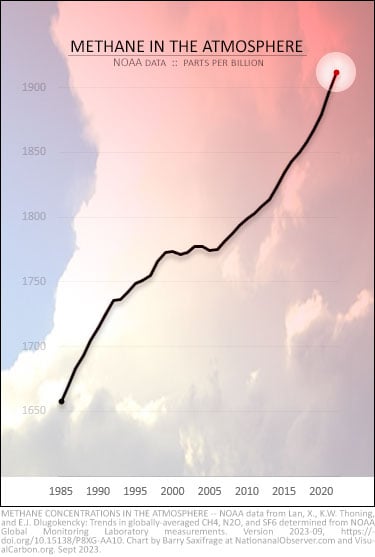
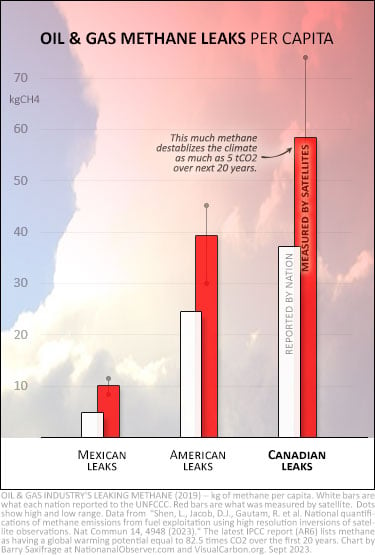
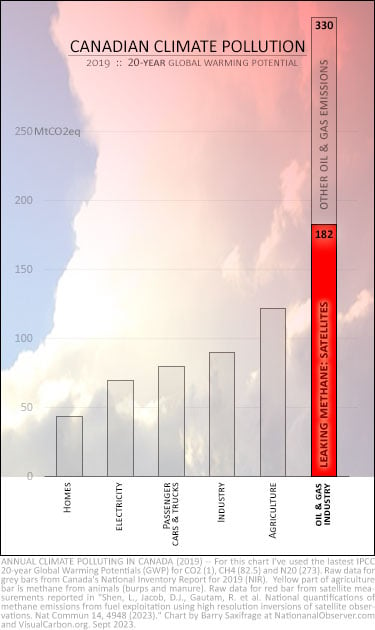
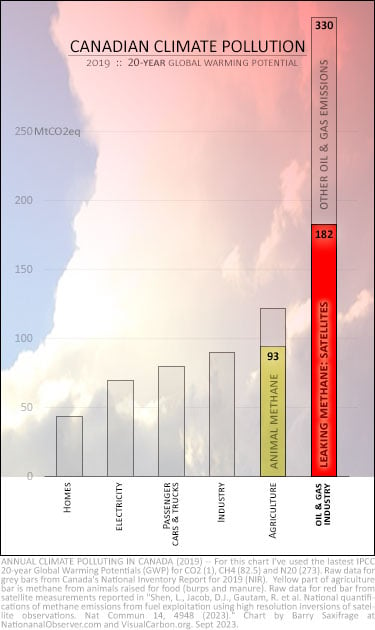
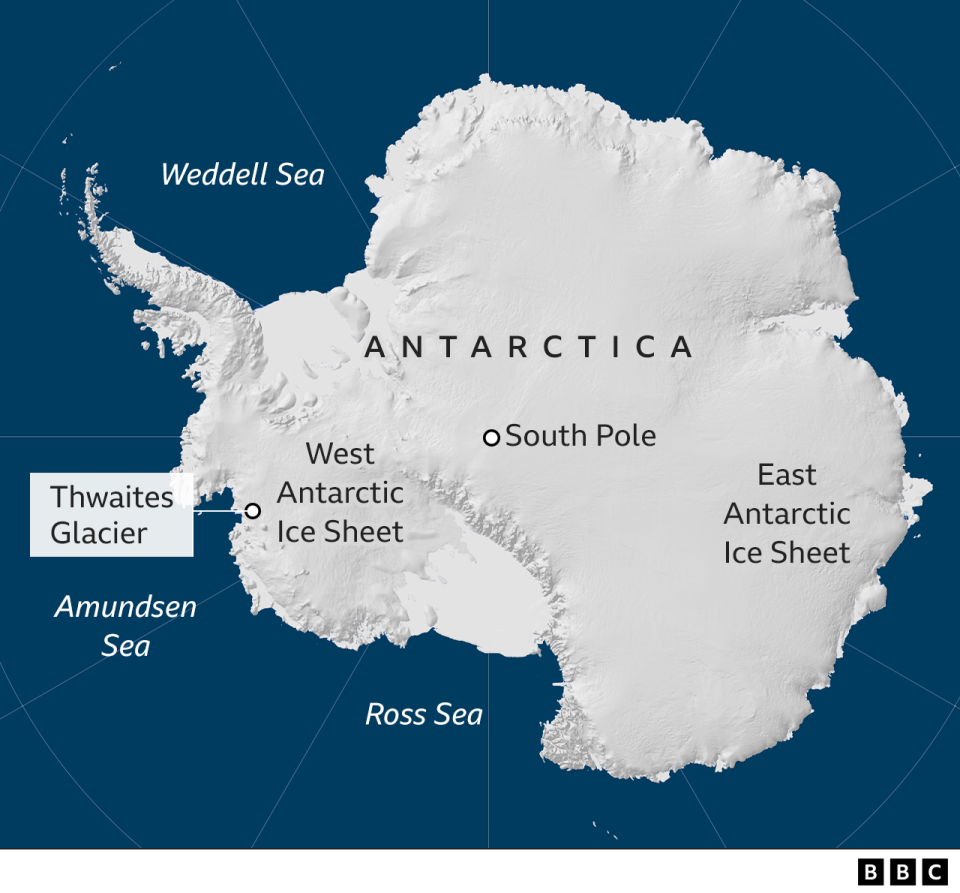
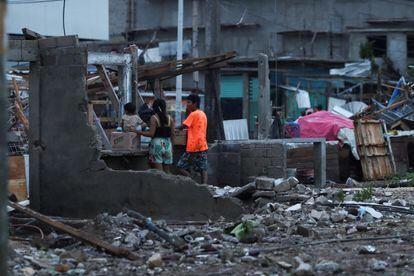





 Dozers help with fire suppression operations on the night shift on the Grandview Fire in Oregon. Photo by Central Oregon District - Oregon Department of Forestry (National Interagency Fire Center)/Flickr
Dozers help with fire suppression operations on the night shift on the Grandview Fire in Oregon. Photo by Central Oregon District - Oregon Department of Forestry (National Interagency Fire Center)/Flickr
 The official launch of the Boundary Dam carbon capture and storage facility in Estevan in 2014. Photo via SaskPower / Flickr (CC BY-NC-SA 2.0)
The official launch of the Boundary Dam carbon capture and storage facility in Estevan in 2014. Photo via SaskPower / Flickr (CC BY-NC-SA 2.0)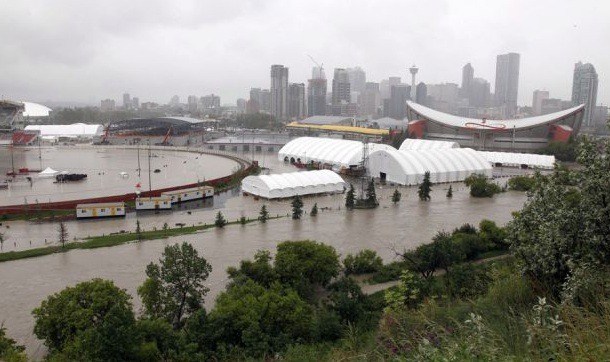


 The Financial Accountability Office of Ontario (FAO) released a report Wednesday outlining how the province could need to spend billions of dollars more every year as the effects of climate change bite. Infrastructure in Ontario ranges from buildings like hospitals to highways, bridges or sewage pipes.
The Financial Accountability Office of Ontario (FAO) released a report Wednesday outlining how the province could need to spend billions of dollars more every year as the effects of climate change bite. Infrastructure in Ontario ranges from buildings like hospitals to highways, bridges or sewage pipes.




 New data suggest wealthy countries may belatedly be providing a promised $100 billion in climate-related aid. But they’ve eroded trust in the process. Photo by Getty Images/Grist
New data suggest wealthy countries may belatedly be providing a promised $100 billion in climate-related aid. But they’ve eroded trust in the process. Photo by Getty Images/Grist




 Fossil fuel buring keeps rising in Canada, and Canadians now burn more per person than any of our peers in G7 and European Union nations. (
Fossil fuel buring keeps rising in Canada, and Canadians now burn more per person than any of our peers in G7 and European Union nations. (
 The World Meteorological Organization published a report recently that shows just 11 per cent of countries have the full arsenal of tools required to save lives as the impacts of climate change. Photo by Getty Images/Grist
The World Meteorological Organization published a report recently that shows just 11 per cent of countries have the full arsenal of tools required to save lives as the impacts of climate change. Photo by Getty Images/Grist







 An example of the transition in action and what Canada is not doing: rone view showing a new housing development with solar panels and solar panels in agricultural land beyond. Photo by Getty Images/Climate Visuals
An example of the transition in action and what Canada is not doing: rone view showing a new housing development with solar panels and solar panels in agricultural land beyond. Photo by Getty Images/Climate Visuals
 for Canada..png)
 Why are climate activists legitimizing the COP28 fiasco by showing up at all? Photo CNO file photo from Scotland UN climate summit
Why are climate activists legitimizing the COP28 fiasco by showing up at all? Photo CNO file photo from Scotland UN climate summit